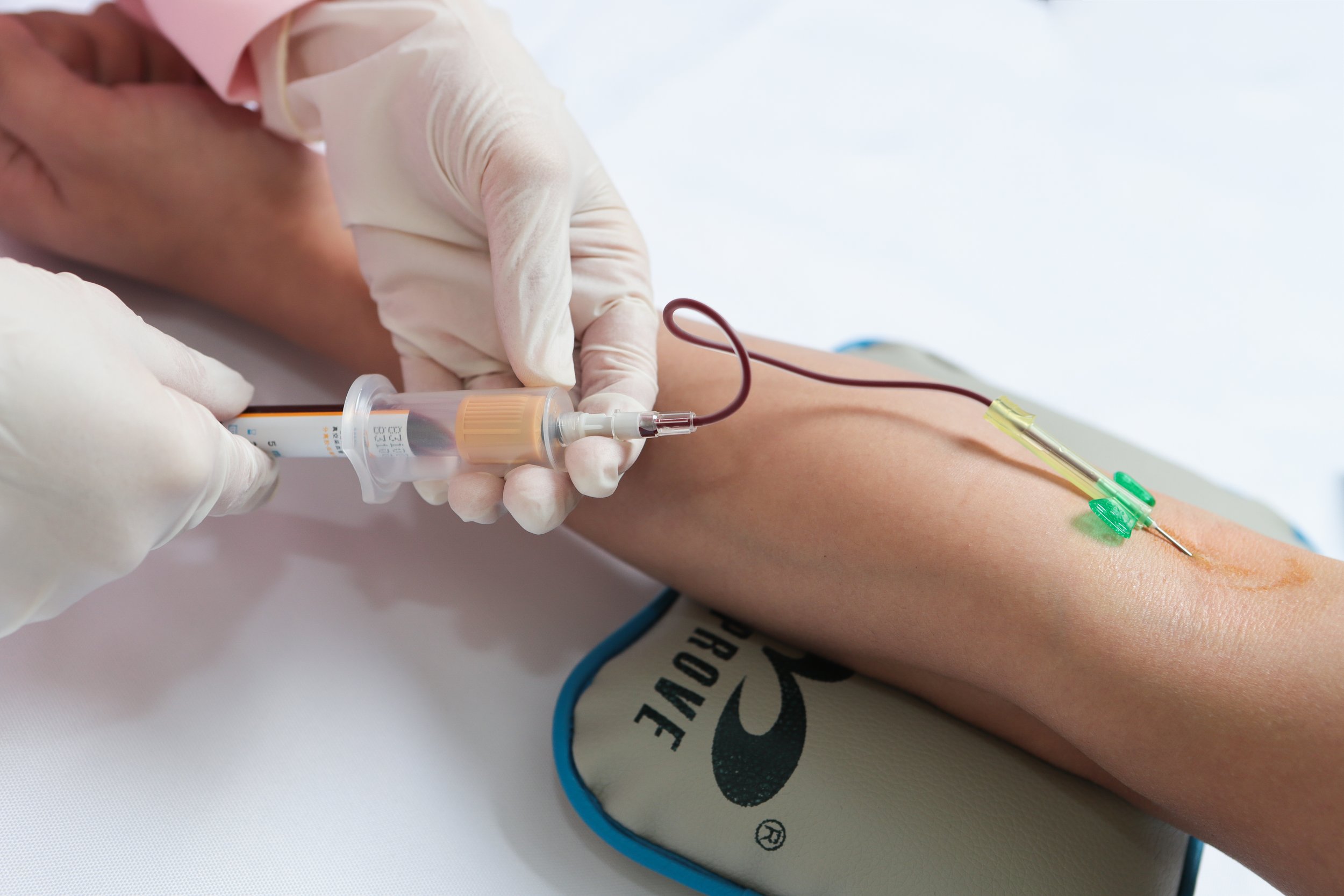Utilizing AI Technology for Optimizing Specimen Processing in Medical Labs and Phlebotomy Clinics
Summary
- AI technology is being increasingly utilized in medical labs and phlebotomy clinics in the United States to streamline and optimize specimen processing.
- AI can help reduce human errors, improve efficiency, and increase accuracy in specimen processing and analysis.
- Although AI offers significant benefits, there are also challenges and considerations when integrating AI technology into medical labs and phlebotomy clinics.
Introduction
In recent years, Artificial Intelligence (AI) has been revolutionizing various industries, including healthcare. Medical labs and phlebotomy clinics in the United States are increasingly leveraging AI technology to streamline and optimize specimen processing. AI has the potential to reduce human errors, improve efficiency, and increase accuracy in handling and analyzing patient samples. In this article, we will explore how AI is used in medical labs and phlebotomy clinics to enhance specimen processing and the benefits and challenges associated with the integration of AI technology.
How AI streamlines specimen processing in medical labs
AI technology can significantly streamline specimen processing in medical labs by automating various tasks and processes. Here are some ways AI is utilized to optimize specimen processing:
- Automated sample sorting: AI algorithms can be used to automatically sort and categorize patient samples based on predefined criteria, such as sample type, urgency, or test requirements.
- Identification of anomalies: AI-powered systems can identify anomalies or irregularities in patient samples, alerting lab technicians to potential issues that require further investigation.
- Workflow optimization: AI can analyze lab workflows and suggest optimizations to improve efficiency and reduce turnaround times for specimen processing.
- Integration with lab equipment: AI technology can be integrated with lab equipment to automate sample analysis, interpretation of Test Results, and data collection.
Benefits of using AI in specimen processing
The adoption of AI technology in medical labs and phlebotomy clinics offers several benefits, including:
- Reduced human errors: AI can help eliminate human errors in specimen processing, such as mislabeling samples or misinterpreting Test Results, leading to improved accuracy.
- Enhanced efficiency: AI automation can streamline workflows, reduce manual tasks, and increase the speed of specimen processing, allowing labs to handle a higher volume of samples.
- Improved accuracy: AI algorithms can analyze data more accurately and efficiently than humans, leading to more precise Test Results and diagnoses.
- Cost savings: By automating repetitive tasks and optimizing workflows, AI can help reduce operational costs and improve overall lab productivity.
- Enhanced patient care: The use of AI technology in specimen processing can lead to faster turnaround times for Test Results, enabling Healthcare Providers to make timely treatment decisions and improve patient outcomes.
Challenges of integrating AI into medical labs and phlebotomy clinics
While AI technology offers significant benefits for specimen processing in medical labs, there are also challenges and considerations that need to be addressed when integrating AI systems:
- Data privacy and security: AI systems require access to a large amount of patient data, raising concerns about data privacy and security compliance, especially with Regulations such as HIPAA.
- Quality Control: Maintaining the quality and accuracy of AI algorithms is crucial to prevent errors and ensure reliable Test Results and diagnoses.
- Regulatory compliance: Medical labs and phlebotomy clinics must comply with Regulations and standards when implementing AI technology to ensure patient safety and quality of care.
- Staff training and education: Healthcare professionals need to be trained to use AI systems effectively and understand how to interpret AI-generated results to make informed decisions.
- Overreliance on AI: There is a risk of overreliance on AI technology, leading to complacency among lab technicians and potential errors in specimen processing.
Conclusion
In conclusion, AI technology plays a crucial role in streamlining and optimizing specimen processing in medical labs and phlebotomy clinics in the United States. By automating tasks, reducing human errors, and improving efficiency, AI can enhance the quality of patient care and facilitate faster and more accurate Test Results. While there are challenges and considerations when integrating AI technology into healthcare settings, the benefits of using AI in specimen processing outweigh the risks. As AI technology continues to advance, medical labs and phlebotomy clinics are poised to benefit from the increased efficiency, accuracy, and cost-effectiveness that AI offers.

Disclaimer: The content provided on this blog is for informational purposes only, reflecting the personal opinions and insights of the author(s) on the topics. The information provided should not be used for diagnosing or treating a health problem or disease, and those seeking personal medical advice should consult with a licensed physician. Always seek the advice of your doctor or other qualified health provider regarding a medical condition. Never disregard professional medical advice or delay in seeking it because of something you have read on this website. If you think you may have a medical emergency, call 911 or go to the nearest emergency room immediately. No physician-patient relationship is created by this web site or its use. No contributors to this web site make any representations, express or implied, with respect to the information provided herein or to its use. While we strive to share accurate and up-to-date information, we cannot guarantee the completeness, reliability, or accuracy of the content. The blog may also include links to external websites and resources for the convenience of our readers. Please note that linking to other sites does not imply endorsement of their content, practices, or services by us. Readers should use their discretion and judgment while exploring any external links and resources mentioned on this blog.
